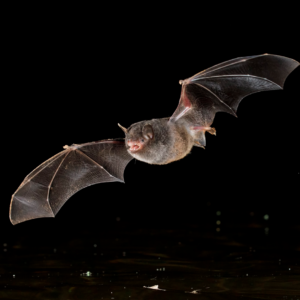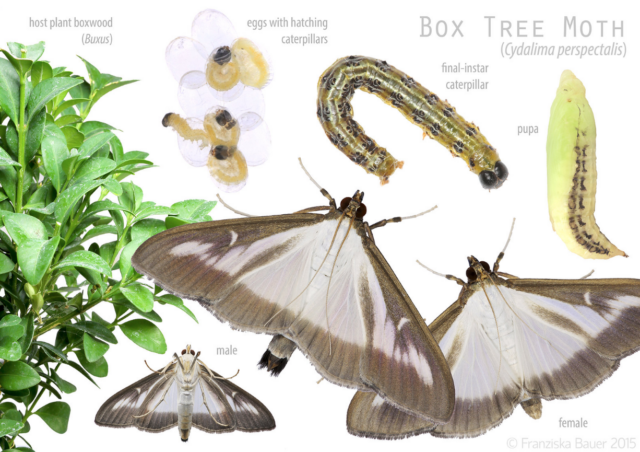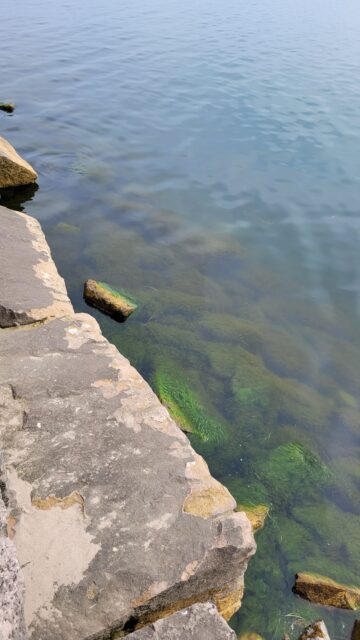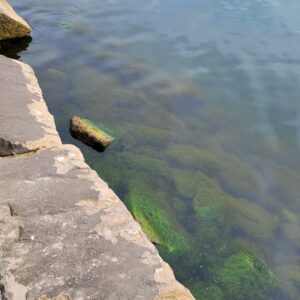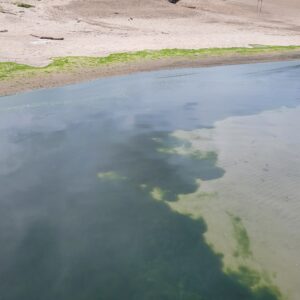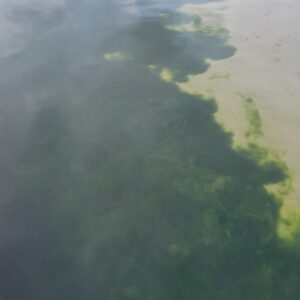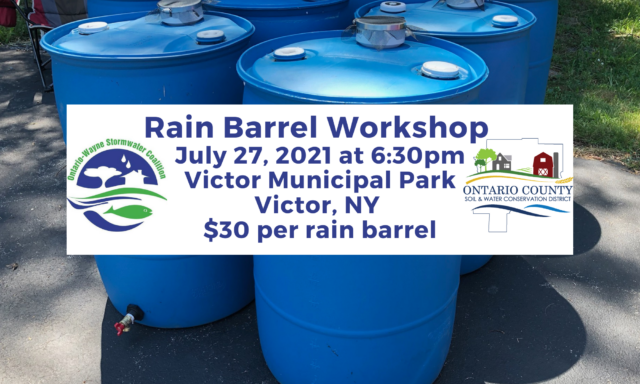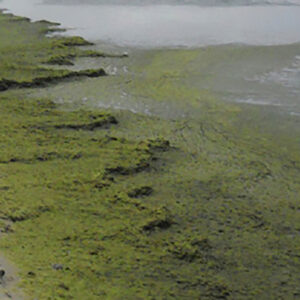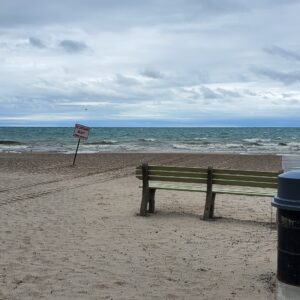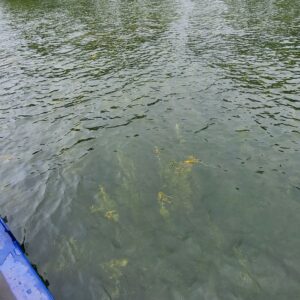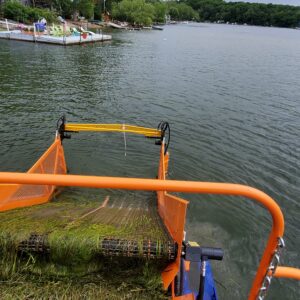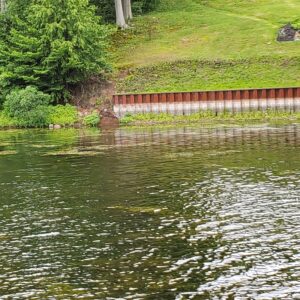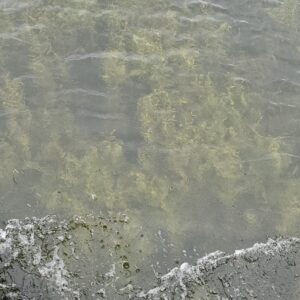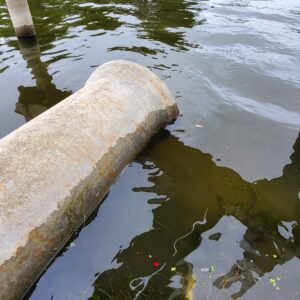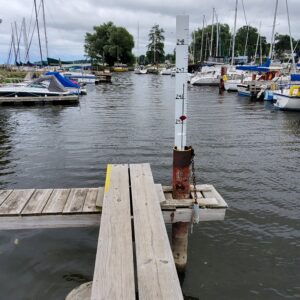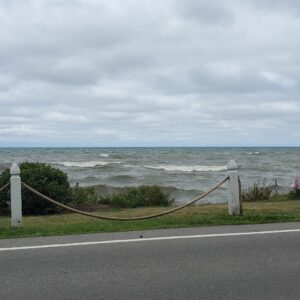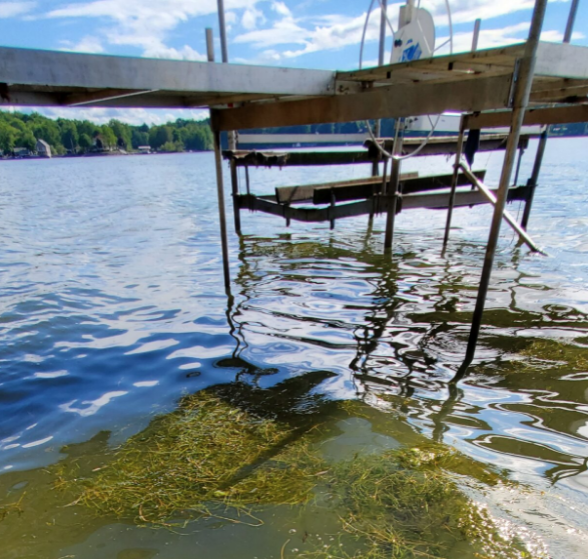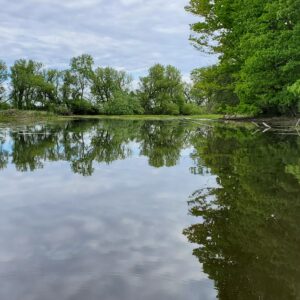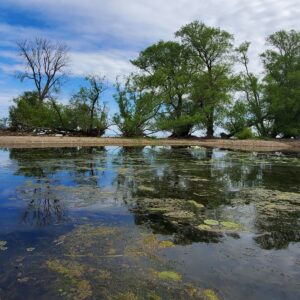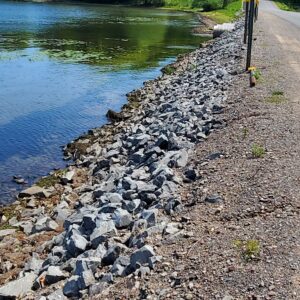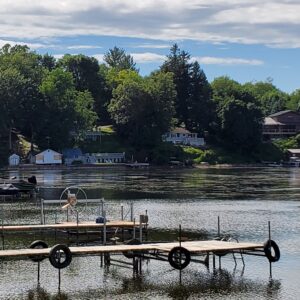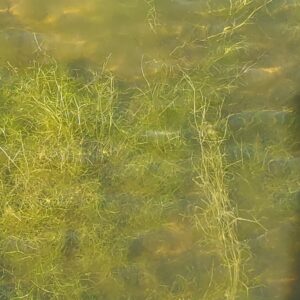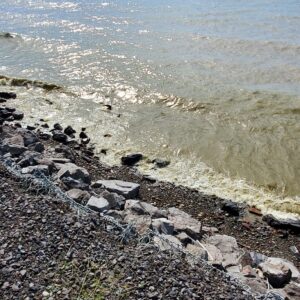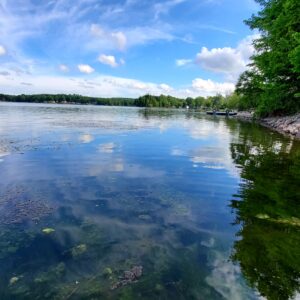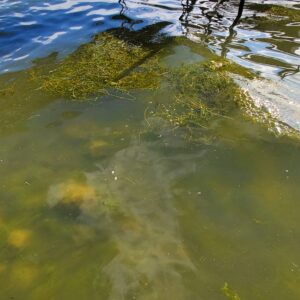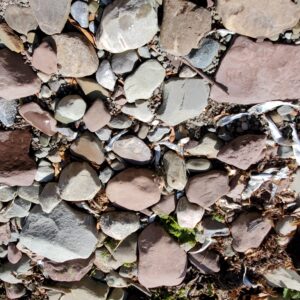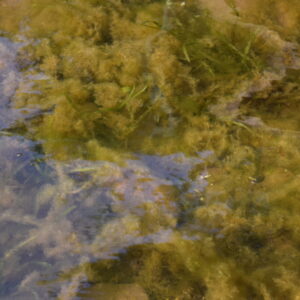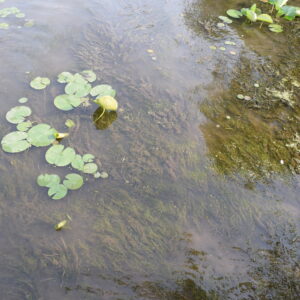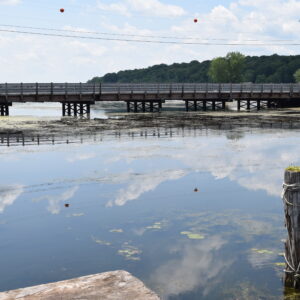Join Shannon Dermody, from the Department of Environmental Conservation and Horticulture at Finger Lakes Community College. Shannon will be leading participants through an educational evening of learning all about the bats that call New York State their home. You will learn what they eat if they migrate or hibernate, and that bats are not an animal to be afraid of.
Friday, August 6
7:30 PM – 9:30 PM
Montezuma Audubon Center
2295 NY-89, Savannah, NY 13146
RESERVATIONS REQUIRED
Fee: $5/child, $10/adult, $30/family.
Shannon has been studying bats for the last six years with various agencies, nonprofits, and educational institutions, and will be sharing her expertise with us. The program will begin indoors with a presentation detailing the nine species of bats found in NY. Once darkness falls, we’ll head outside for a short hike and demonstration of some of the technical equipment used to survey different bat species. Bring a flashlight and insect repellent! Long sleeves and pants may be desired as well.
To register, visit https://act.audubon.org/a/bats-new-york-8621
-Space is limited and pre-paid online reservations are required.

